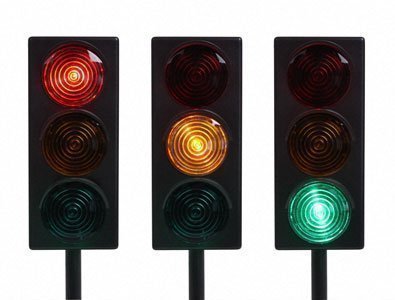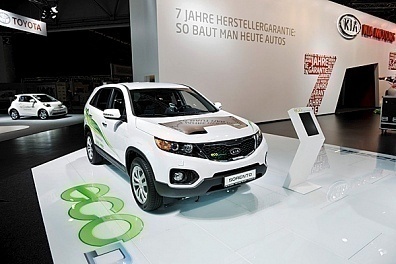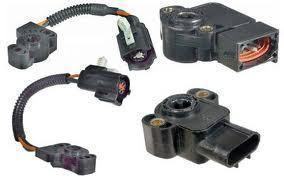Traffic lights are basically signalling lights placed at crossroads or turning-points to regulate the flow of vehicular traffic. This system is of utmost importance specially in populated traffic zones to avoid accidents and human casualties. That is most cities deploy traffic signals on every road.
Less traffic oriented areas in villages and country side may or may not have traffic signals because the vehicular flow is barely minimum and requires no regulation.
Traffic signals generally showcase three colors of light. All these three colors have distinct and well-defined purposes.
- Green color indicates that it is safe to drive and head in the direction shown by the green signal.
- Yellow/Orange color indicates to a driver to slowdown and come to a halt before the crossing line.
- Red color indicates to a driver to stop immediately before the crossing line and not drive ahead.

A traffic signal is most commonly a timer-based system. The Green, Yellow and Red lights go On and Off at regular and synchronized intervals to start and stop the flow of traffic. The interval to change lights may range between 30 seconds to 120 seconds. However, it varies from city to city and depends on the traffic scenario.
With the advent of technology, traffic signals too have become smart and adaptive. The newer traffic signals are hybrid in nature. They detect and sense the traffic in an area and function accordingly. The lights may change intelligently depending on which roads have fewer or more vehicles.
These systems are nothing but neat arrangements of detector and receiver. Detectors, mostly laid under the road or mounted as camera, sense vehicles on a road and sends a signal to a respective traffic signal. This signal then with consent from other nearby traffic signals decides to change to Green, Yellow or Red.
Many street lights are equipped with Traffic Signal Preemption systems like the 3M Opticom or the Tomar Strobecom. These systems enable emergency vehicles to change the traffic signals from Red to Green, and to change the traffic signals for others from Green to Red. This enables emergency vehicles to travel more quickly and more safely.
These systems operate by means of a receiver mounted on the traffic signal and a transmitted mounted inside the emergency vehicle.
The transmitter is an infrared light which is flashed at the receiver. The transmitter inside the vehicle may transmit a low-priority signal (10 Hz) or a high-priority signal (14 Hz).
This technology was at one time limited to authorized law enforcement and emergency organizations — and electronic hobbyists. Recently, vendors such as MIRT – Mobile Infrared Transmitter for Emergency Vehicles have made the equipment available to the general public.




Follow Us!